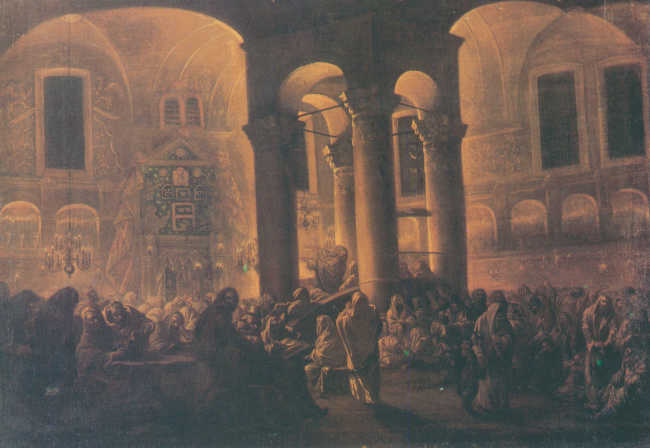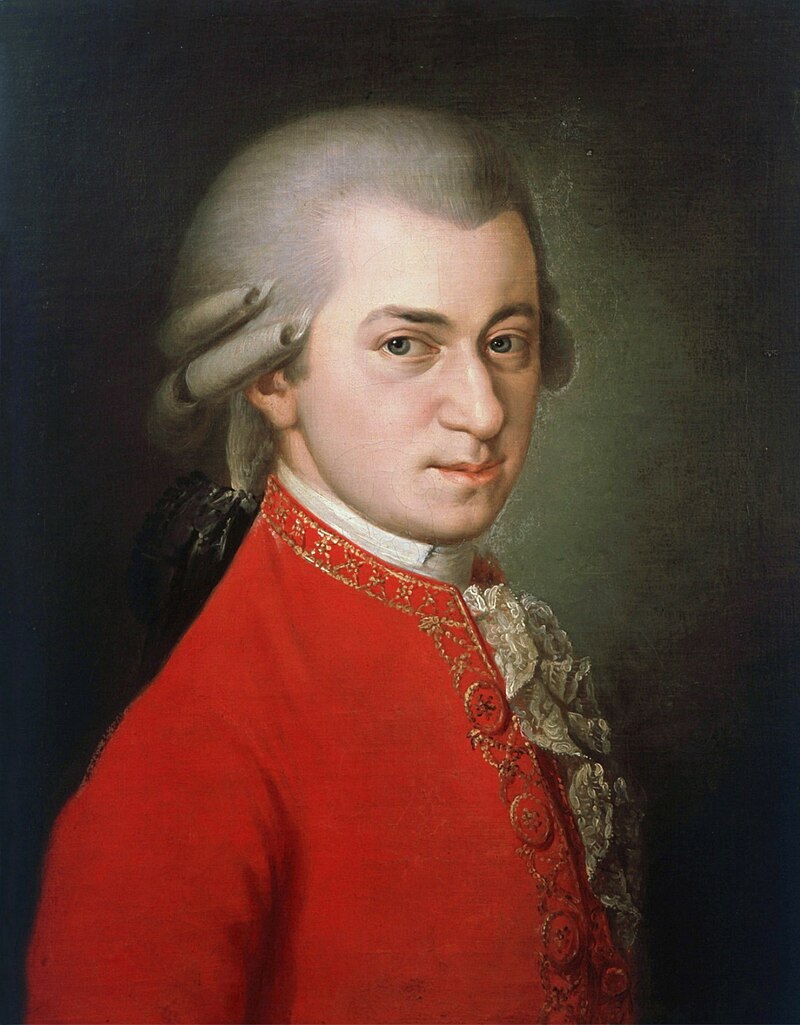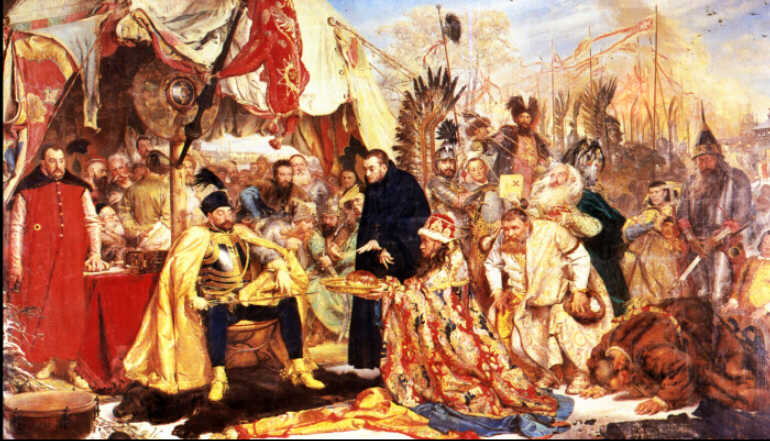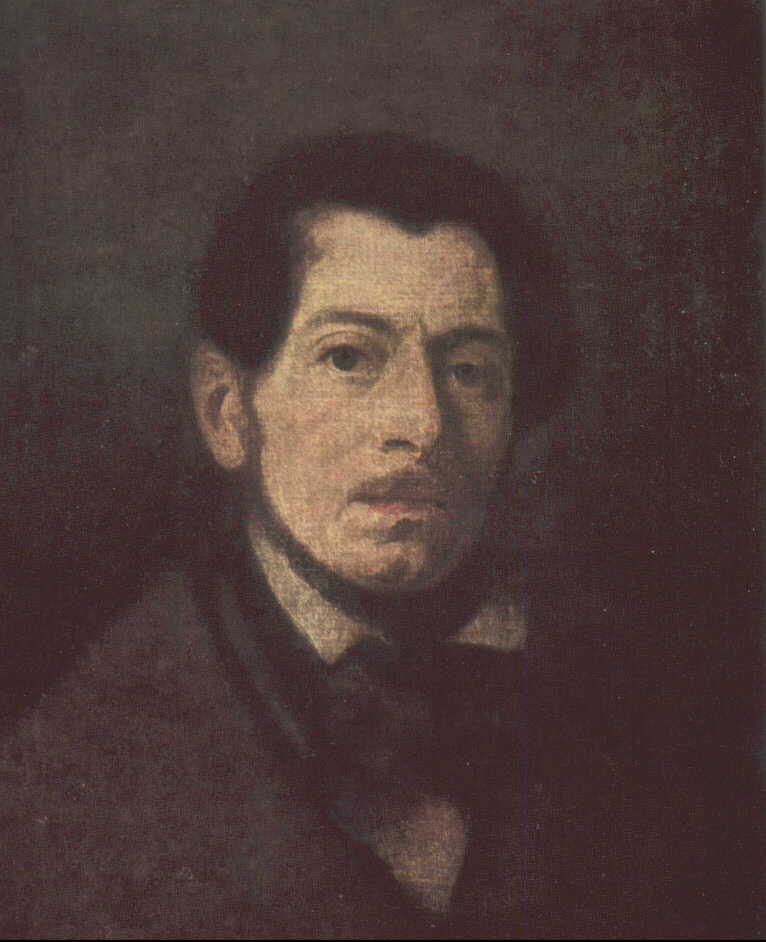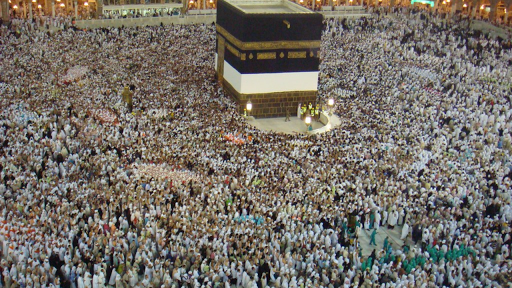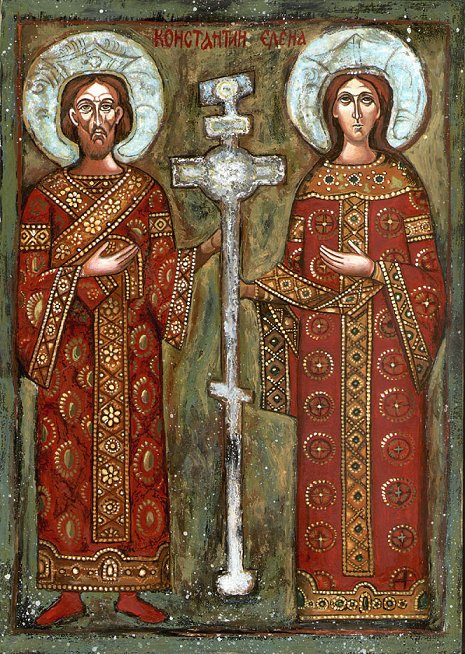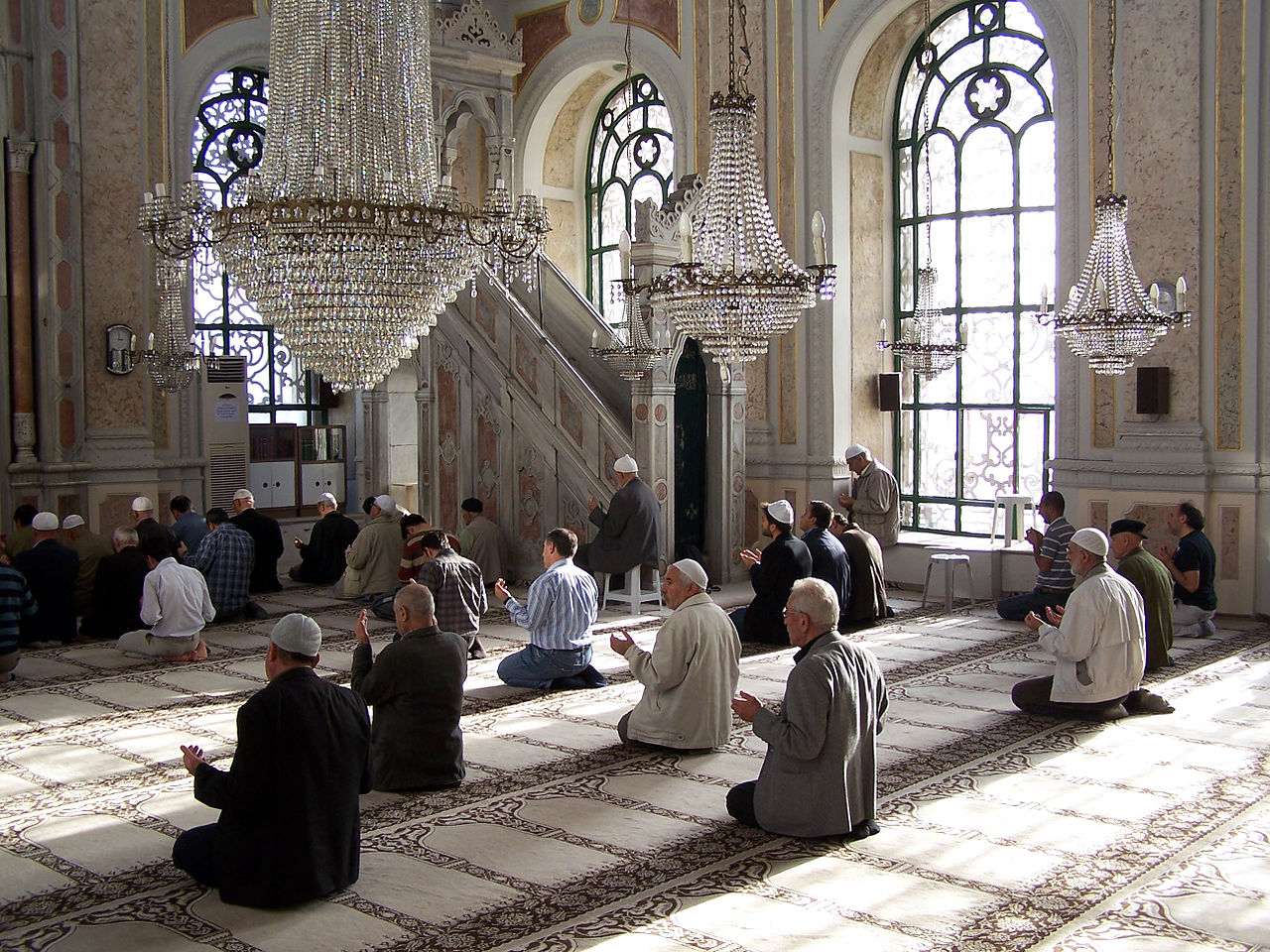 A MINILEXICON OF ARCHITECTURE AND CULTURE
A MINILEXICON OF ARCHITECTURE AND CULTURE
But (should. „pan”) – superior, supervisor. Officer title in the Ottoman Empire, clerical and courtly, which both officers enjoyed, as well as governors, and even to the heads of the eunuchs and the court servants; after the proclamation of the republic, the title is purely honorific.
Now – central, open square of the ancient greek city, where his religious life was focused, political, administrative and commercial. The agora was usually in the shape of a quadrilateral, and it was surrounded by hundred and public buildings and temples.
Acropolis – in ancient Greek cities, the highest point with a defensive citadel, where the most important buildings were located – temples and public buildings. In Hellenistic times, the defensive character of the acropolis was fading away, giving way to representative functions.
Apsyda – a vaulted room in Christian temples closing the chancel or nave (also the arms - of the transept), usually semicircular or polygonal. The apse is derived from the architecture of ancient Rome.
Arabesque – floral ornament used in Islamic art, derived from the Hellenistic-Roman ornament of a plant flagellum. It is characterized by a symmetrical arrangement of a stylized plant flagellum with leaf motifs, flowers and palmettes developed around one or more axes.
Architraw – the lowest part of classical Greek entablature, resting on the capitals of the columns, supporting - frieze and - cornice. Architraw occurs in all architectural orders: Doric, Ionic and Corinthian.
Asklepiejort – in ancient Greece, the sacred district of the god of medical arts – Asklepiosa, constituting at the same time a center of cult medicine and experimental therapy. These were usually closed districts with temples, dormitories for patients, holy springs, sometimes also theaters. Asclepieons were usually surrounded by columned porticoes.
Atrium – courtyard in front of the church in old Christian and medieval sacred architecture (open), mostly quadrilateral, surrounded by a columned porch (— porticium), sometimes a well in the middle. The atrium is derived from Roman architecture, where it initially served as the main room of the house, and then the monumental vestibule.
Courtyard (should. "courtyard") – open courtyard, similar to Byzantine - atrium, always with ablution fountain (— sadirvan) in the center and surrounded by a peristyle.
Basilica – the church is usually divided into three aisles, of which the main, that is, the middle one, is the greatest, and its lighting is created on both sides by rows of windows located above the aisles. This type of building comes from ancient Rome, where he served judicial functions, commercial and political. The basilica could have been preceded by a narthex, and on the sides there were sometimes galleries.
Bedesten – covered bazaar; promotion, corresponding to European cloth halls. Usually brick with a domed roof. The bedesten plan is similar to the basilica.
Buleuterion – in ancient Greece, a covered council meeting place (foreigner), having legislative powers. These buildings were usually built near the agora, they were square, with rows of seats around (amphitheater). The bouleuterion was preceded by a portico or courtyard with columned porches and an ornate entrance portal.
Camii - mosque.
Cella – in the sacred architecture of ancient Greece and Rome, the main part of the temple, also called a naos. There was a statue of a deity here. Sometimes the naos was divided into aisles by rows of columns. It was usually preceded by a pronaos.
Carsi – promotion, bazar.
Cesme – a street well in the form of a free-standing building, sometimes richly decorated and antique (lots in istanbul). These fountains are used to drink water to this day.
Deisis (Deesis) – a scene depicting Christ the Lord and Judge (Pantokrator). On its right side stands the Mother of God, and on the left St.. John the Baptist, in prayer poses. Christ raises his right hand in a gesture of blessing, and in his left hand he is holding the Scriptures. Imagine it, not uncommonly found in mosaics or frescoes in Byzantine churches, today it is most often found in Eastern Rite art.
Dervish (pers. "Poor man", "beggar") – follower of Sufism, mystical direction in Islam, whose members gathered in fraternities, they lived in meetinghouses (lodges, generation) or they wandered. They have always been characterized by poverty and total dedication to God (in ecstasy), which they demonstrated pain tolerance (appropriate Arab fakirs. Today in Turkey, the Dervish is associated mostly with the order of spinning dervishes, whose members united with God through ecstatic dance.
Rug (divan) – in Seljuk and Ottoman Turkey, a team of state ministers gathering in the image of today's council of ministers, but only having an advisory vote on the most important political issues, which the Sultan dealt with. The carpet was in charge of administrative matters, jurisdiction and finance. In Ottoman times, the council consisted of a grand vizier, inferior viziers and military officials and other dignitaries. Hence comes the Polish word "carpet", initially laying out wonderful carpets, which was seen spread out in the chamber of the Topkapi Palace, where this supreme council was gathered.
Dipteros – type of ancient temple, surrounded by a double colonnade (e.g.. temple of Artemis in Ephesus).
